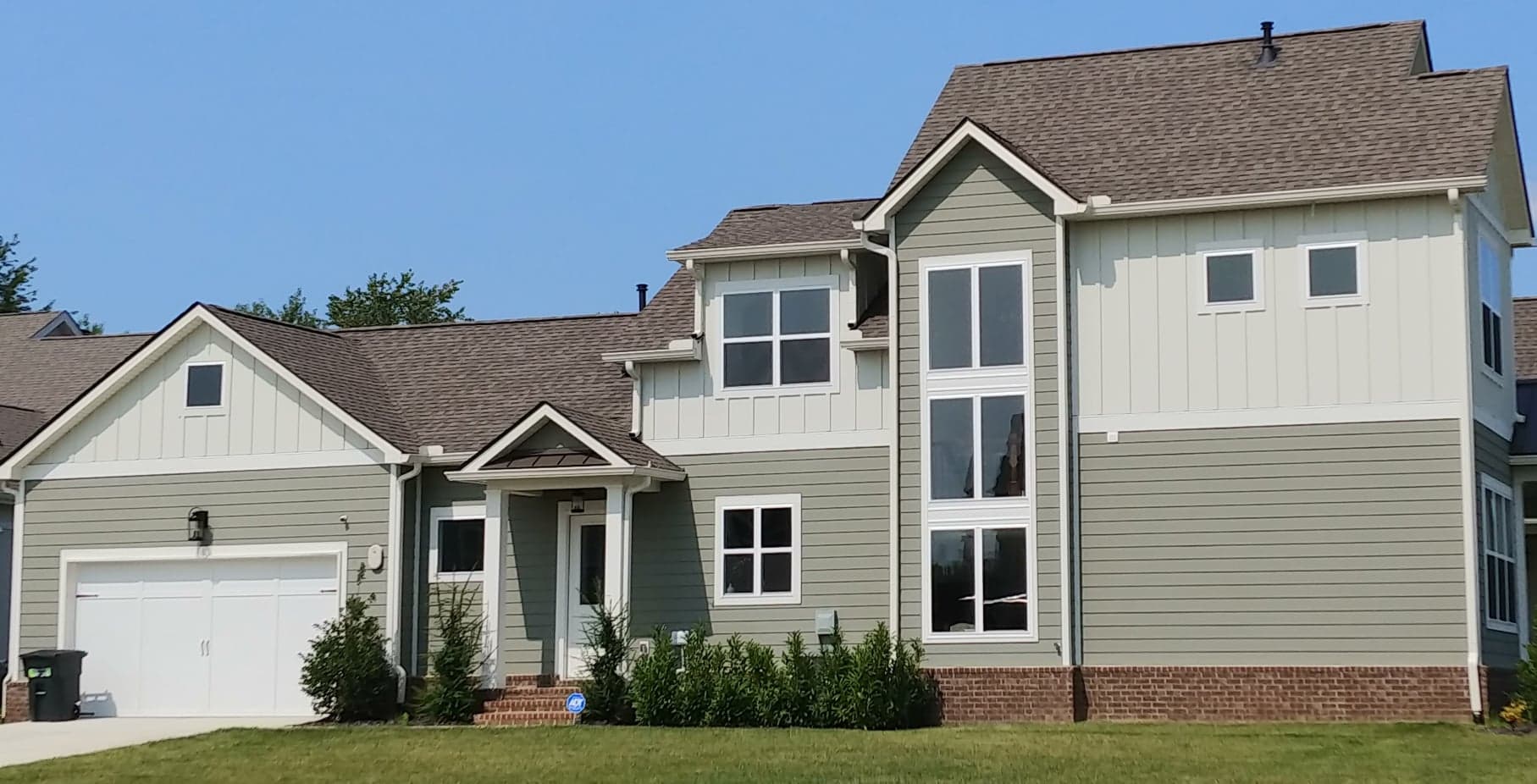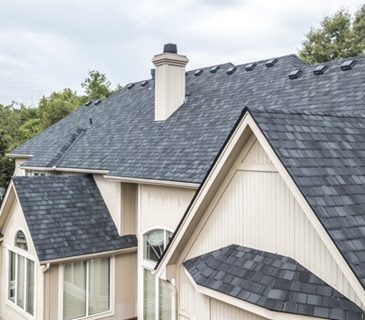
Two siding installation methods combat dominance – horizontal or vertical. Choosing the right siding material and style is crucial to establishing a curb appeal and even protection from elements – both styles check the box. Choosing between them is like climbing the Himalayas.
Both horizontal and vertical sidings have their advantages and disadvantages. You will need to understand them before deciding. It will impact your –
- Homes visual profile
- Budget
- Maintenance requirements
Anu good siding contractor can help you in choosing the right panel style and also with installation. Those searching for the best siding installation company Bellingham WA can contact Alpine Siding Pros. They have a couple of decades of experience, so you can trust their expertise and knowledge.
Horizontal siding is a timeless classic
Horizontal siding is also called lap siding and is supremely popular. The horizontal panels create balance and stability, making it an ideal choice for traditional and ranch-style homes.
Horizontal lines visually stretch the width of your house, creating an illusion of a larger structure. It is great for single-story abodes or bungalows.
Pros
- It is less expensive to install than its vertical counterparts.
- The installation process is simpler and faster, requiring quick project completion.
Cons
- The horizontal grooves built in this design can trap debris and moisture, potentially leading to water damage and mould growth if not maintained properly.
- Regarding visual appeal, horizontal sidings are not suitable for neighbourhoods saturated with similar styles.

Vertical siding is a bold statement.
Vertical siding has panels that run from the roofline to the foundation. It offers a distinctive and contemporary aesthetic. It draws eyes upward, making your home appear more slender and taller. It is a great option for two-story houses or those on narrow lots.
Pros
- The vertical design allows better water drainage, which reduces the risk of moisture build-up and related issues.
- It is a great option for homes in high rainfall or humidity regions.
- It is easy to clean because grime and dirt can be readily washed away.
Cons
- Installations are more complex and time-consuming, which increases the costs.
- Finding sliding contractors experienced in vertical siding may need extra searching.
- The look is unique but may not complement traditional architectural style construction.
A creative approach – combine styles
Never feel confined to choosing strictly horizontal or vertical siding. Combine both styles to get a customized look. For example, you can use horizontal siding for the main homebody with vertical accents on specific sections or gables. It can add visual interest and improve the overall home profile.
The choice
The choice between horizontal and vertical siding depend on several factors.
- Consider the home architectural style and how you wish to have it perceived.
- Evaluate your budget and project timeline.
- Consider local climate and how it will impact your qualified siding performance.
You must consult with a good siding contractor. They will evaluate your specific needs and offer suitable advice on material and installation methods and a realistic quote. Carefully weigh in the advantages and disadvantages of every option for your unique requirements. It will help you choose a style that will complement home architecture for years.




